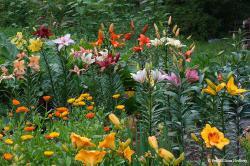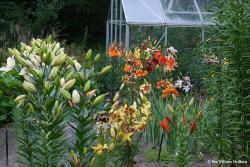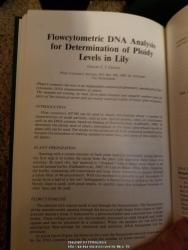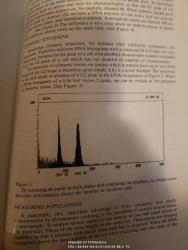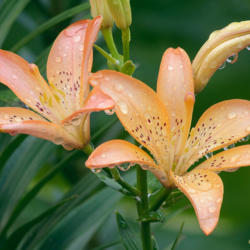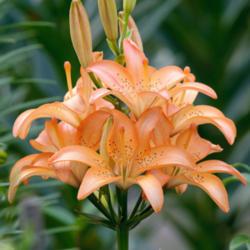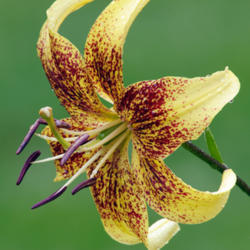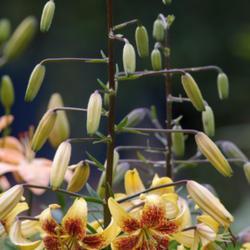Finally finished the review of 2017 years lily images. Didn't take many as the later the season got, the more damage from Botrytis I got and the less inclined to take pictures I got. It was a very wet summer. Also some frost damage in spring and I didn't spray with baking soda either.

I was uncertain if it was truly useful to spray with baking soda or not, but the results from last year seems to imply that I should start spraying again.

Then I had very heavy rain breaking many OT lilies to the ground as they started to bloom and many very also devastated by the Botrytis. The front yard was however considerably better, so al was not lost.
Anyway, enough complaining, these newly planted bulbs were in a new bed in full sun, so bloomed early and was looking good enough to photograph.

Bronzas Laikmets is a rather short lily, but has a profusion of blooms. Simply excellent

:
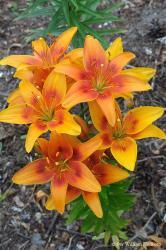

Dundari Dandari:
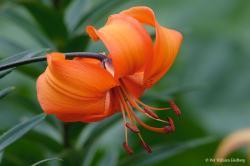
Dzintarjūra:
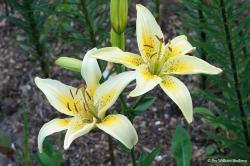
Jukataka:
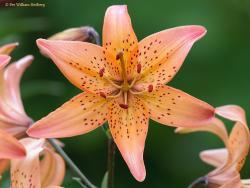

Burvju Zizlis:

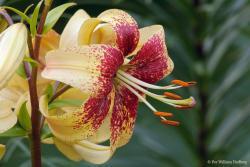
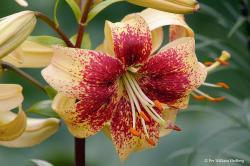
The inflorescence is a little bit too compact to suit the graceful side facing flower, but this Tango lily demands attention for the great color contrast.
Ķiršu Liķieris:

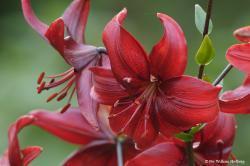
Taurenītis (translates to Butterfly)

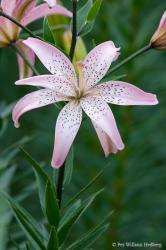
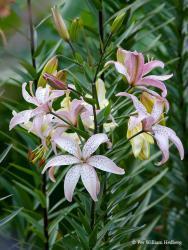
A little bit short growing so couldn't get a really good isolation from the background in the pics, but for me this is a very pretty double one, with its petite flowers. Far from the usual double monstrosities, but of course this wont be for everyone. Really stands out among other lilies.
Hameleonu Rotaļa:
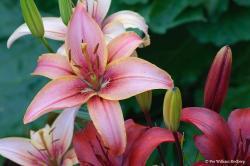
Very unusual color compo.
Kāzu Rota:

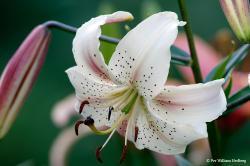
So sweet! Should be very tall with time, but still a young bulb.
Kuršu Guns:
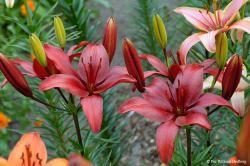
Gulbju Pārnākšana:
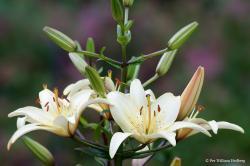
Big pyramidal inflorescence already in its first year!
The pink large blooming lily is Teicamniece and in the bottom left we have Jukataka again.
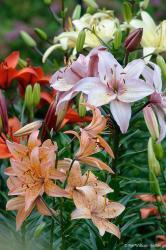
There are some commercial cultivars among them, but here are some wider views of them blooming in the "kitchen garden".
